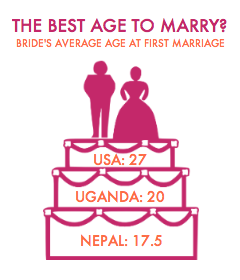
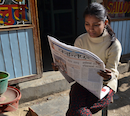
Culture and Media
When do media help to advance women—and when do they set women back?
Nearly every day, consumers are faced with new, sometimes alarming opportunities to ask themselves this question. From the explosion of “princess culture” among little girls, as Peggy Orenstein chronicled in her recent book... Take Action »
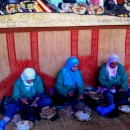
Economic Opportunity
On Oct. 25, 2010, at 2:25 p.m., Icelandic women walked out of their workplaces en masse. Women in Iceland earn two thirds of men’s wages, on average—so off they went, two thirds of the way through the workday. They’re still fighting for their due.
Worldwide, the numbers aren’t much better.... Take Action »

Education
Why do some people fight so hard to keep girls from getting an education—sometimes resorting to unspeakable acts of violence, including gas and acid attacks and bombings?
Education is the single most powerful tool to end poverty and empower women and girls. For every year a girl spends in... Take Action »
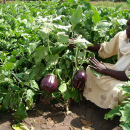
Environment
As climate change, population growth, and urbanization march forward, women will feel their impact in disproportionate and unforeseen ways. Deeply rooted gender inequality leaves women more vulnerable to natural disasters: when resources are scarce, women are less likely to be able to access the... Take Action »

Health and Well-Being
The disparity between the developing and the developed world is never more apparent—and more deadly—than when it comes to a woman’s health.
Despite the grim fact that maternal mortality has doubled in the U.S. in recent decades, 99 percent of maternal deaths still occur in the developing world.... Take Action »
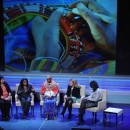
Innovation
Innovation can be as simple as recycling discarded junk into high-value crafts, or as complex as building new computer applications that help prevent sexual assault. It begins with a bold idea, and the commitment—and resources—to see it through to fruition and beyond.
Some of the best... Take Action »
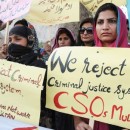
Law and Justice
Around the world, women face legal and justice systems that treat them as lesser citizens. Their testimony in court may equal half a man’s, or they may be banned from doing basic things like voting, driving, or passing their nationality on to their children. Religious, traditional, and tribal law... Take Action »

Politics and Leadership
What would the world look like if women were represented fairly in government? Just 18.4 percent of parliamentarians and 10 percent of heads of state are women. And sadly, the U.S. trails behind the global average when it comes to women in leadership roles: Congress is 83 percent male.
Over the... Take Action »
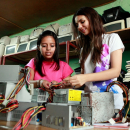
Science and Technology
Last winter, a young Egyptian woman named Asmaa Mahfouz uploaded a video to YouTube, criticizing citizens who didn’t participate in her country’s peaceful protests as lazy. Her remarks spurred millions of her fellow Egyptians onto the streets—and it is thought to have also sparked the... Take Action »
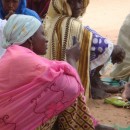
Violence Against Women
Whether it happens to a celebrity, a TV reporter covering a revolution, or a Congolese villager, violence against women is pervasive.
A shocking one out of three women worldwide and one out of four in the U.S. has been the victim of violence. Yet many of these crimes go unreported, in part... Take Action »
War and Peace
For women worldwide, the effects of war on their families, their communities, and, sometimes, their own bodies can be devastating.
In Congo, rape is a common weapon of war: rebels target female civilians in order to punish, humiliate, or threaten opposing factions. And in Afghanistan and Iraq,... Take Action »